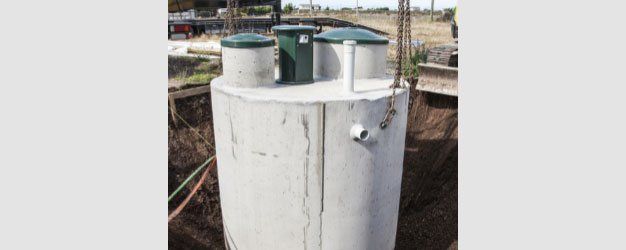Septic System Design
To ensure your septic tank system won't cost you a fortune down the road, start by getting the right-sized system for your needs. At VSE Septic Services, our experienced and licensed site evaluators will inspect your property and discuss your needs. Then, they'll design a complete system for you to review.
If everything's in order, the plans are submitted to your local permitting agency. Once the plans are approved, our expert team will get right to work! We'll never gouge you or add on unneeded services. That's our guarantee! Call us to have an on-site septic system designed for you.
If you're ready to save money, call VSE Septic Services today to schedule an appointment with one of our experienced and licensed site evaluators. We'll take care of everything else!

